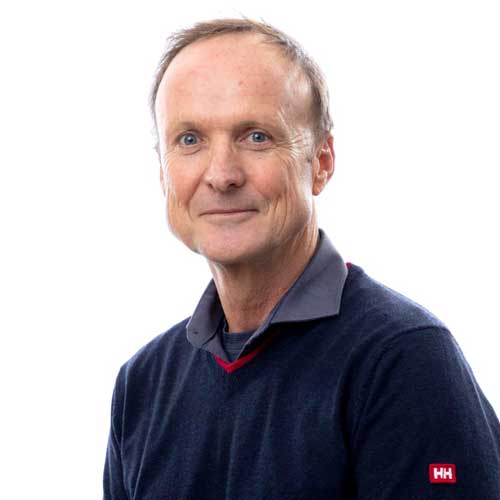Smarter UK ports
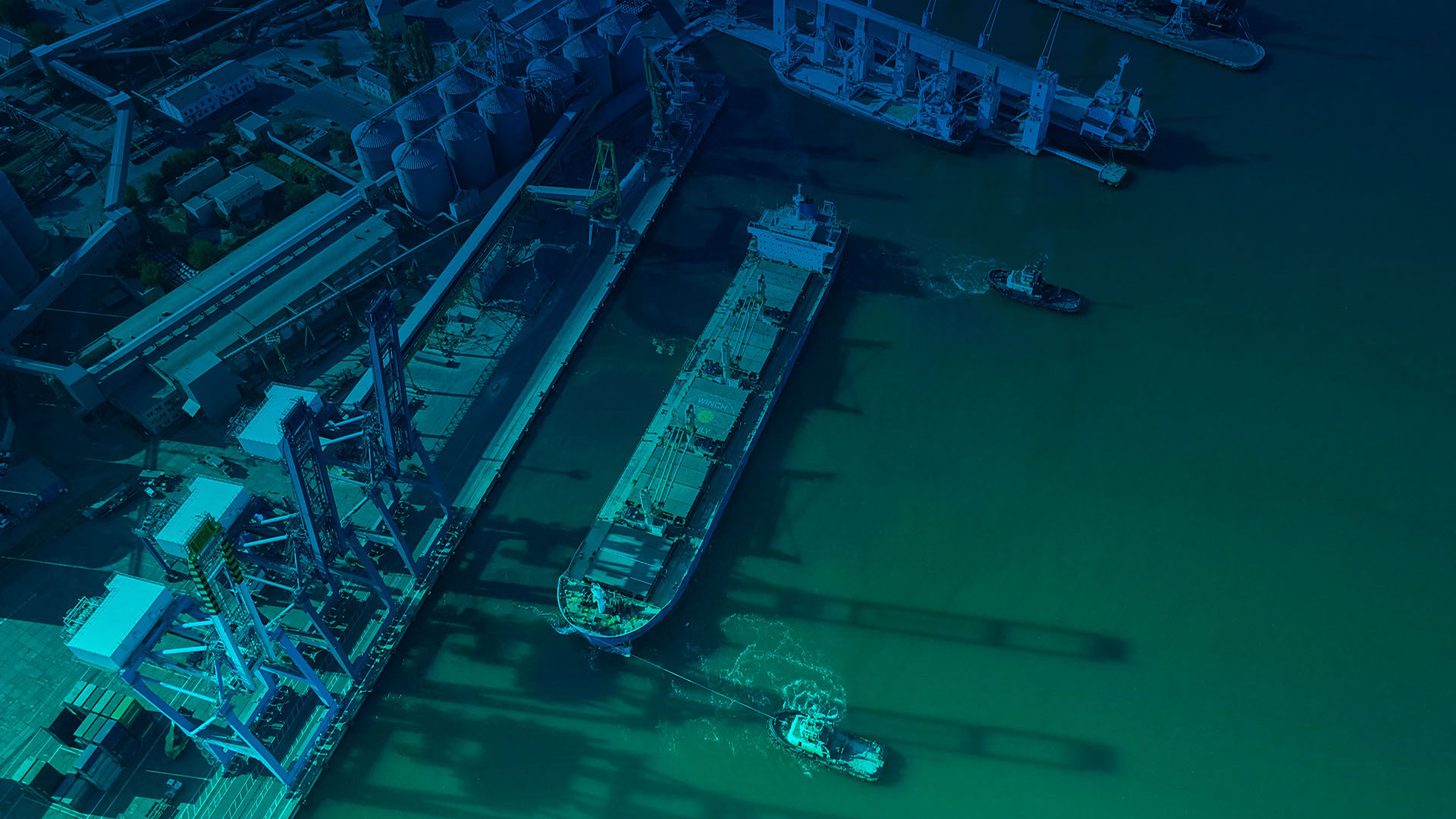
In 2019, the UK Government laid out a 30-year vision for the maritime industry – called Maritime 2050 – with a strong focus on the potential of technology to improve the efficiency, sustainability and resilience of the country’s critical supply chains. This Maritime 2050 vision was well received by port authorities, but at Royal HaskoningDHV, we wanted to take it further and consider what practical steps could be taken to push forward the use of digital tools in our industry.
Our Smart Ports team, in partnership with Connected Places Catapult, took up the core technology themes from Maritime 2050 and used these as the basis for five use cases. The uses cases centred around real port challenges, making use of existing or soon-to-be feasible technologies in imaginative ways to overcome the challenges faced by ports.
Finding untapped value in the margins
When deciding on our use cases, we focused on key areas, such as trade, environment, infrastructure & resilience. These are areas in ports that are primed for improvement using technology. We avoided the well-studied paths of container terminal optimisation and port user community data transparency and focused instead on a wider range of more specific topics that might not get as much attention. Our study demonstrates the great diversity of technology available and the untapped value it can offer the port sector, particularly when solutions are developed in an integrated manner with multiple stakeholders in mind.While the solutions developed make use of technology, the use cases are not really about technology; we have studied solutions built in response to problem statements, defined by real life ports, and driven by a need for businesses to change/respond to commercial, regulatory or environmental pressures. The toolkits developed comprise a medley of software and hardware tools, but only insofar as the business reality requires. Pragmatic ports that want to be smart are driven by business vision and ambition – to grow, reduce costs, improve service, and respect their operating environment – and not to implement tools that organisations can’t understand or get value from.
Five use cases to inspire innovation
The results of our project, available in full at the bottom of the page, aim to inspire innovation in the ecosystem of technology vendors and enabling bodies, in order to support UK ports with their ambitions. The use cases are just a snapshot of the wealth of ideas captured during the project, and many ports will have similar ambitions and needs for the sustainability, growth and resilience of their operations into the future.
The five use cases are:
- Virtual Gate for Ferry Operations – Portsmouth International Port
- Automated Asset Inspection & Maintenance Insight – Shoreham Port
- Climate Resilient River Operations in London with Predictive Forecasting – Port of London Authority
- Shore Power to support Offshore Wind Support Vessels – Port of Tyne
- Operational Resilience – Monitoring of Remote Marine Assets – Port of Milford Haven
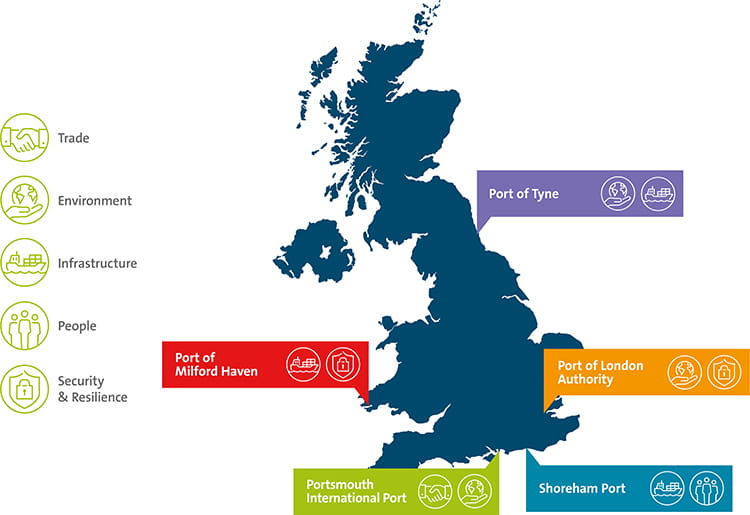
Driving maritime 2050 through public-private partnerships
Developing a strongly positive business case for ports to invest in innovation can be difficult with a purely commercial mindset. Many benefits (and indeed risks) may be shared between different stakeholder groups and are not always easily quantifiable. Regional or national government support with strategic investment would enable some greater (and, in our view, necessary) innovation and risk-taking within the conservative port industry, for exploring, developing, proving, and deploying technology for the good of the wider sector.At Royal HaskoningDHV we stand-by our motto – Enhancing Society Together – and on our 140th anniversary of working within the maritime sector, we applaud and encourage the work going on across the port sector in the UK, and worldwide; to use technology to improve efficiency, capacity, safety and impact on air, sea and city neighbours.
Download our case studies
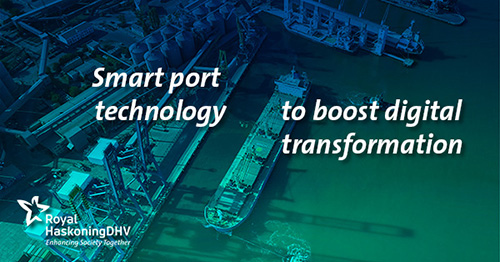 Case study
Case studySmart port technology to boost digital transformation
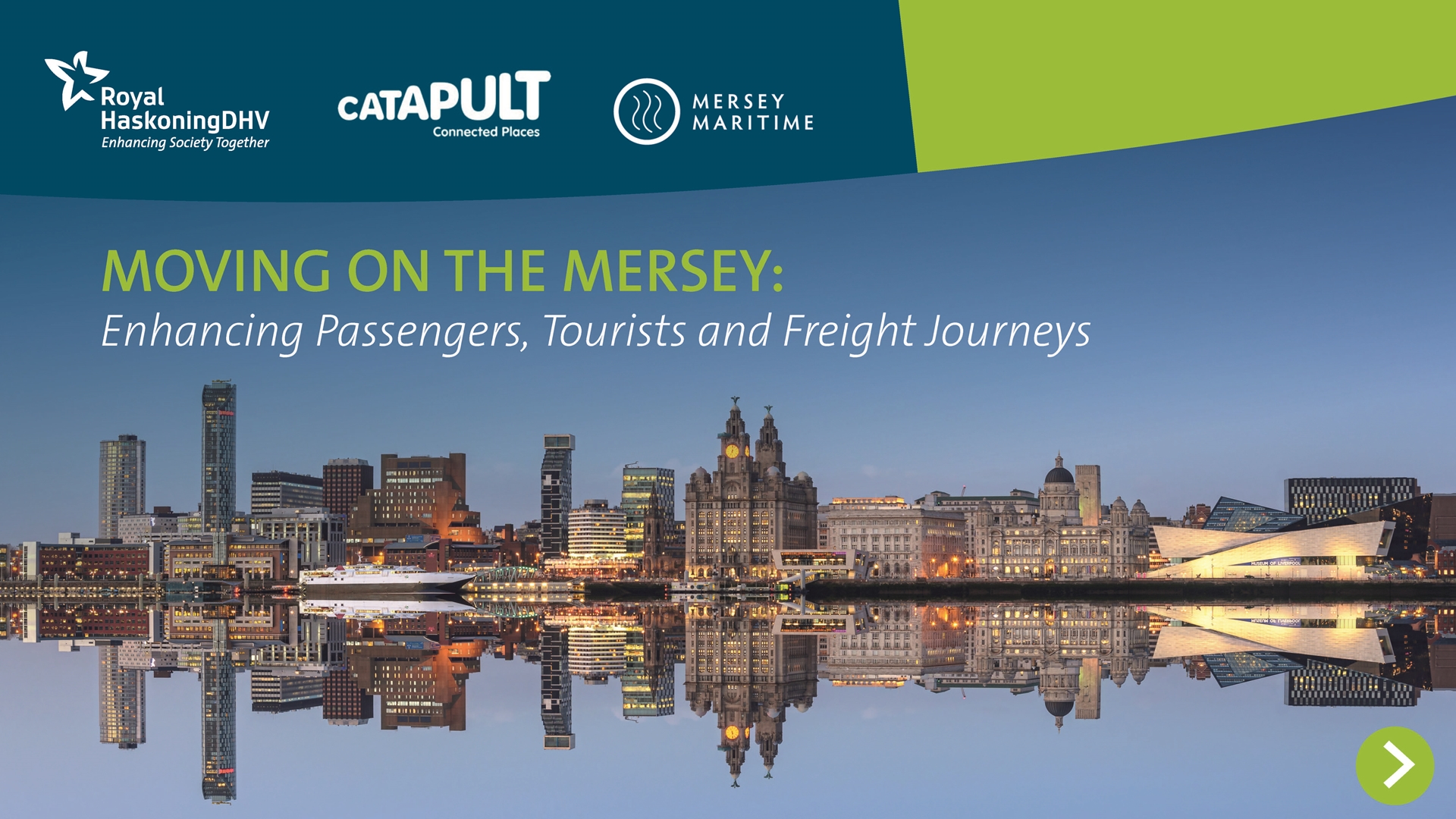 Report
ReportUser journey report
Moving on the Mersey
